Best monitor for programming of 2025
We tested out the the best monitors for programming and coding
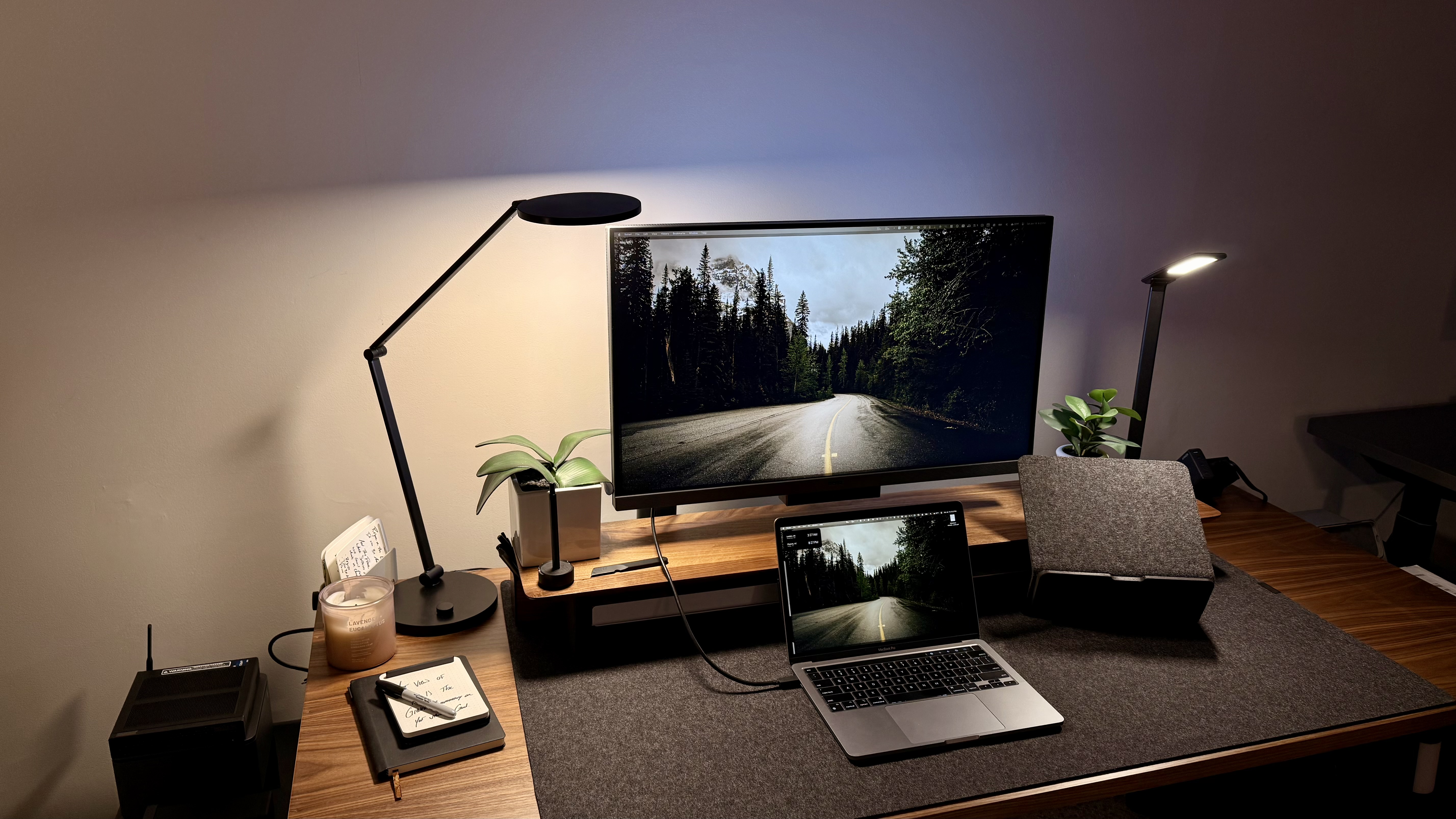
The best monitor for programming should make your coding sessions more comfortable, eliminating eye-strain and reflections, while helping you zero in on lines of code. And, in our view, that's exactly what each of these monitors offers.
My team and I have tested, reviewed, rated, and compared hundreds of monitors, but right now, the BenQ RD320UA is the best programming monitor around. It's reasonably priced and includes specialized coding modes that improve readability for programmers. We recently reviewed this 4K 32-inch monitor and awarded it an Editor's Choice badge - high praise indeed.
What I'm looking for from any monitor built or used for coding is a well-sized screen, decent resolution, and eye-care technology that helps prevent straining when you're coding all-day. Any of the screens featured in this round-up will also connect with the best laptops for programming, too, for the complete set-up and extra screen space.
Best monitor for programming overall
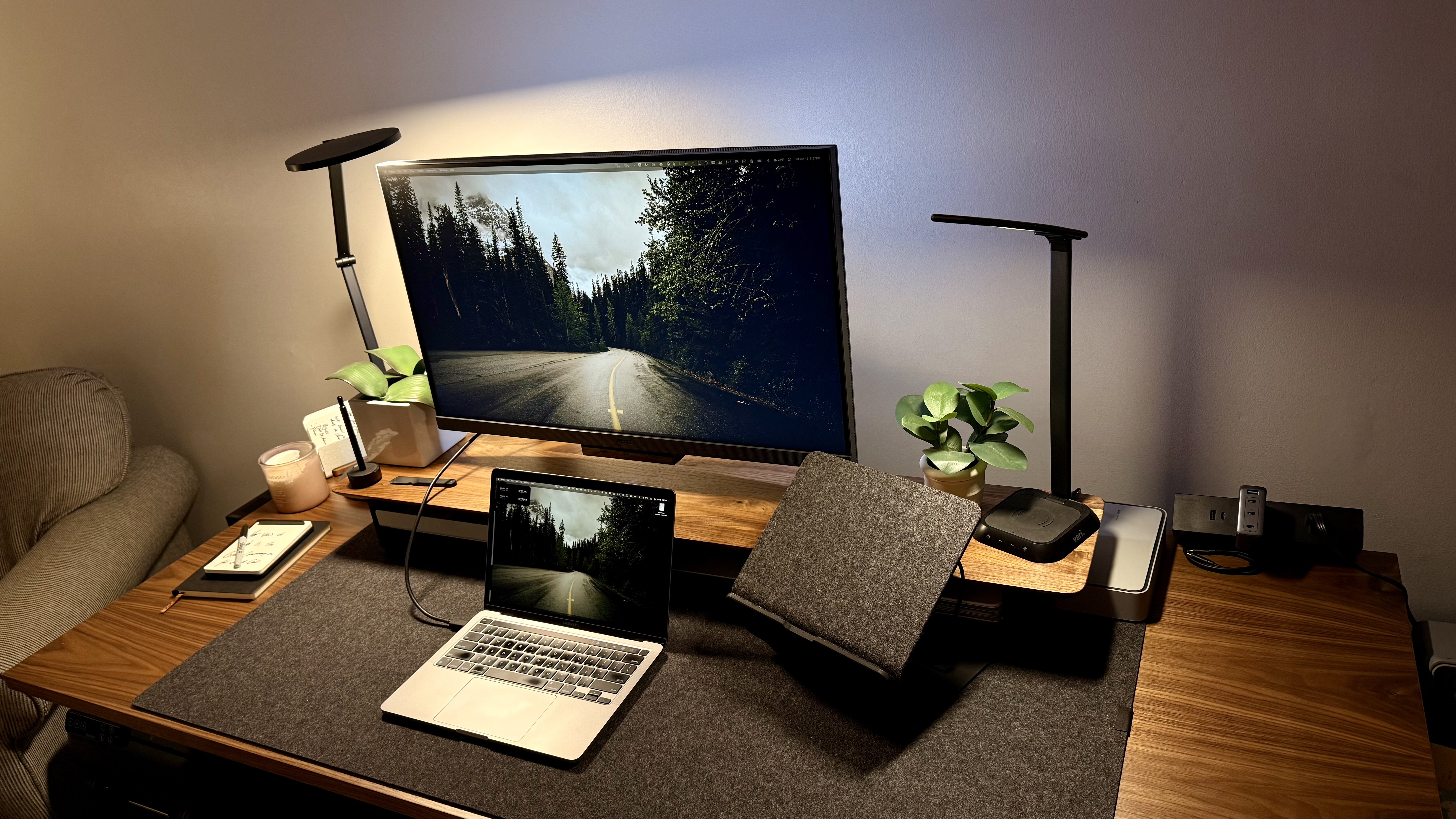
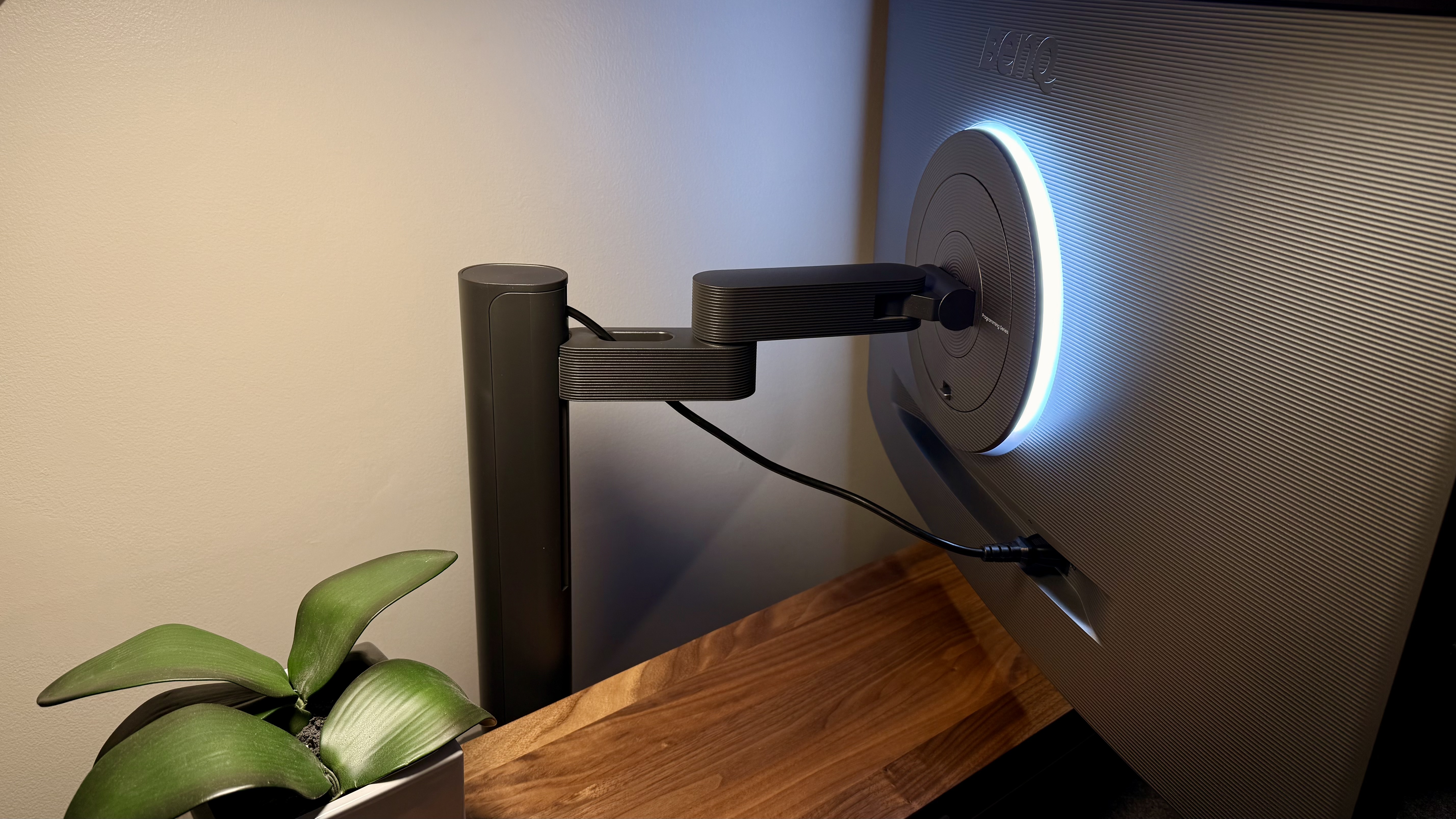
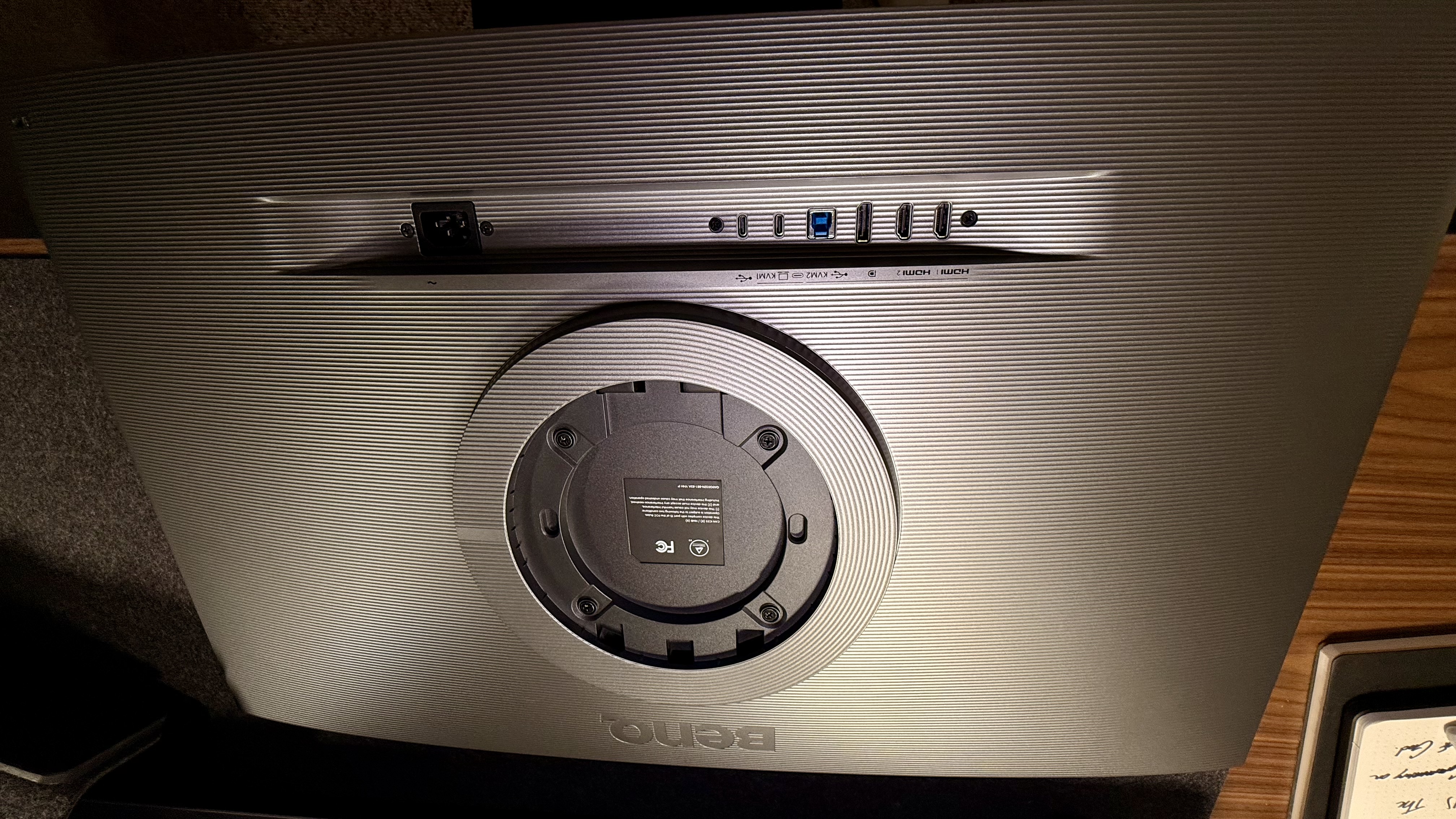
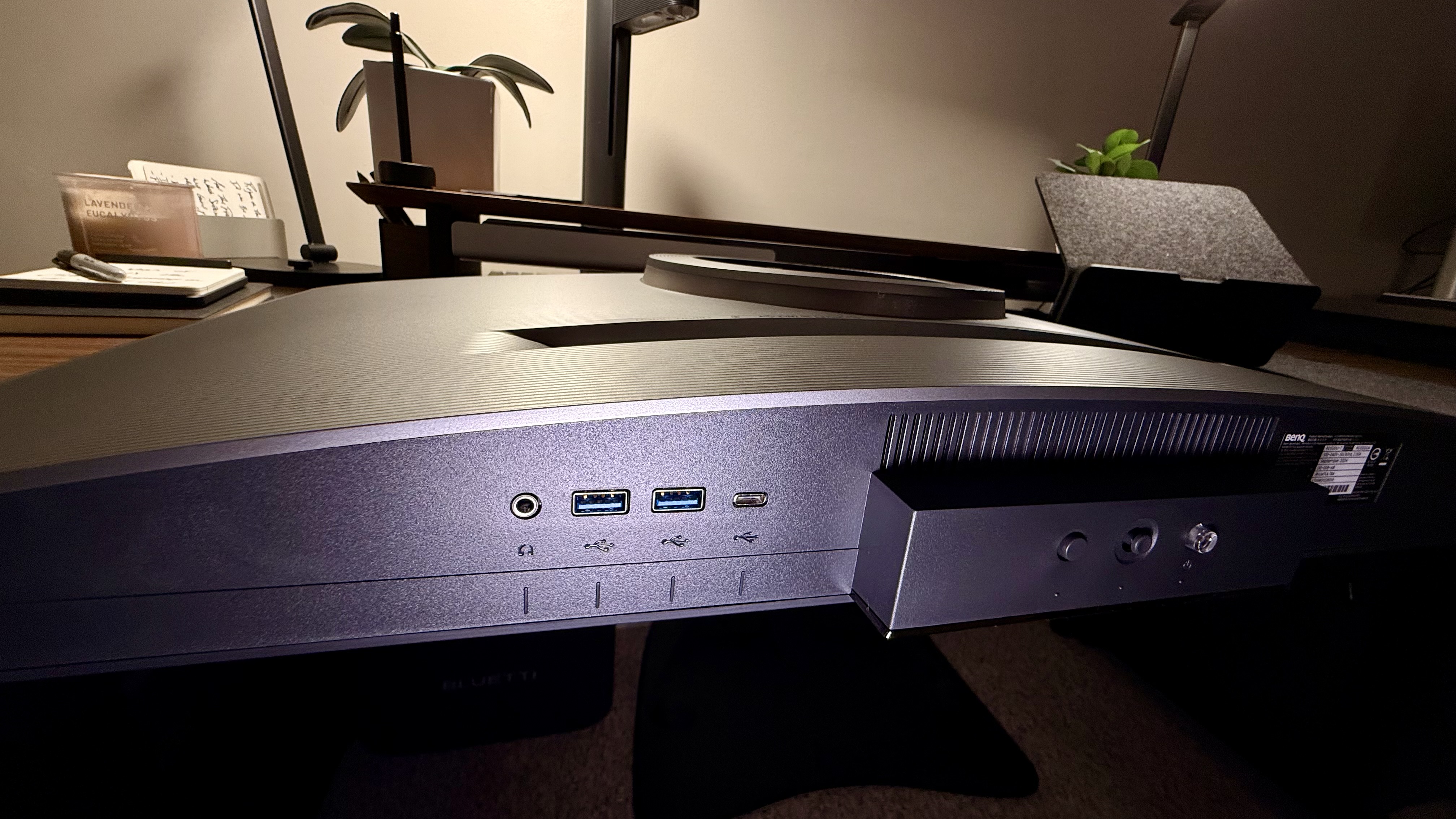
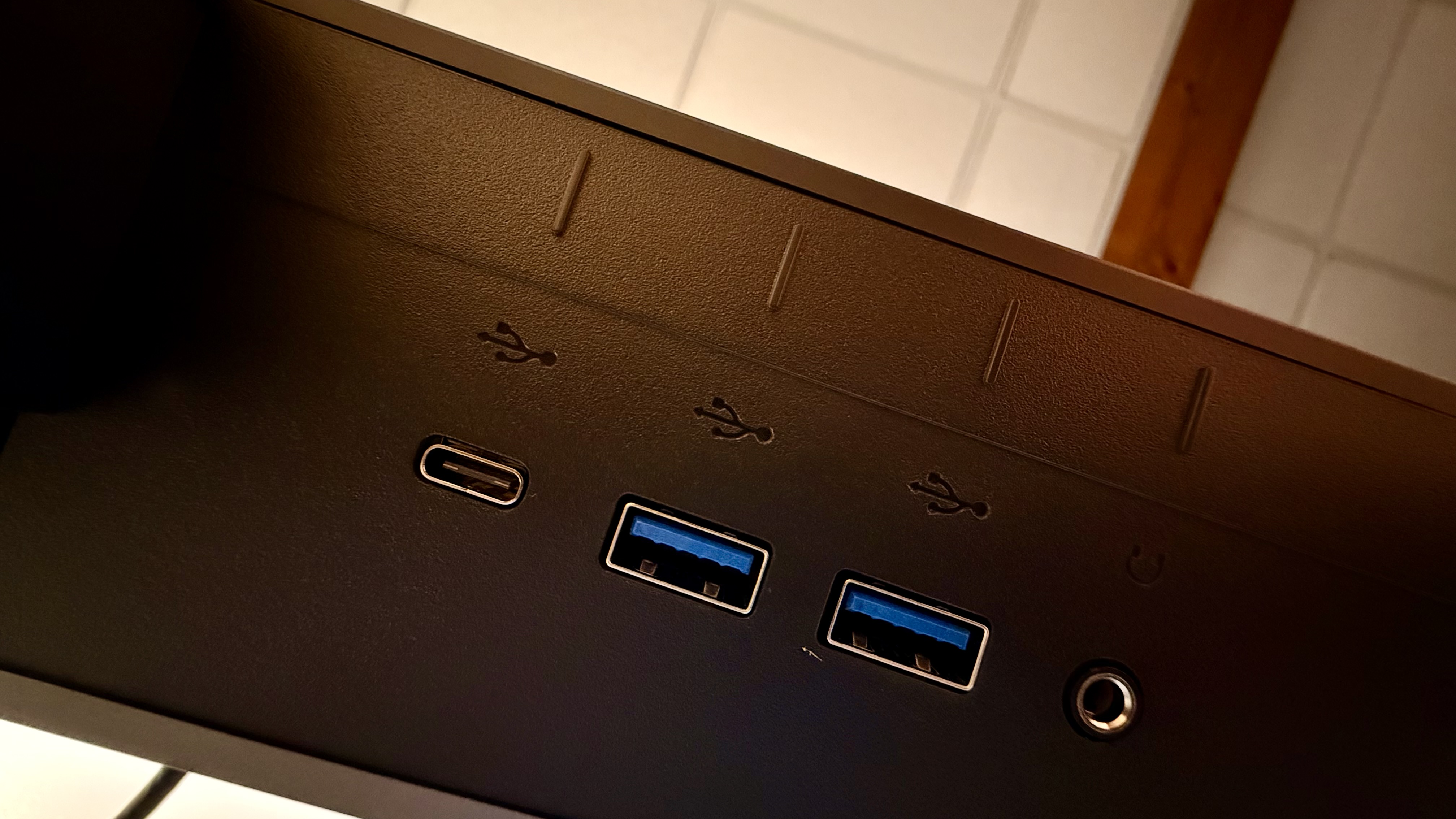
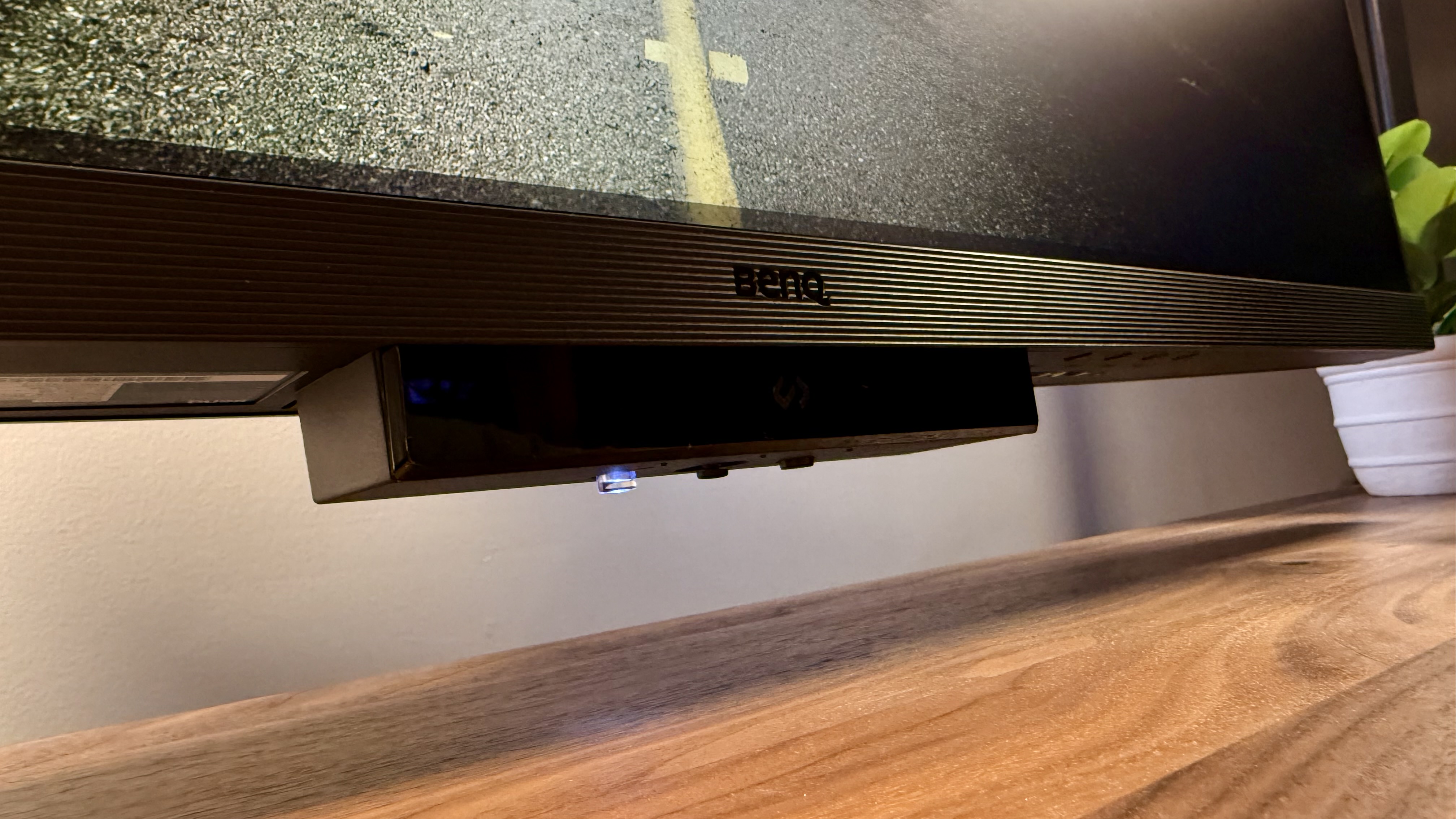
Specifications
Reasons to buy
Reasons to avoid
It's not often that we see a monitor specifically designed for programmers and developers, but that's exactly what the BenQ RD320UA sets out to do.
We took the monitor for a test drive and were suitably impressed with the results. We've long been fans of BenQ monitors, which are generally well-balanced between features and cost, and the RD320UA is no exception. During review, we discovered the monitor boasts a built-in KVM, built-in backlight to reduce eye-strain - but more importantly, there are specialized coding modes designed to aid eye training and clarity of code. In our experience, it really helped improve on-screen readability and it's a must for professional coders.
Built quality is, as expected, very good here, while the Nano Matte Panel eliminates reflections. We came away feeling like our eyes had been well-rested even when in use. We were also fans of the included Ergo arm, which mounts the display to your desk, saving some space and letting you adjust the monitor to your preferred viewing position. To the rear, you'll also find the Moon light ring
On the downside, it only hits 60Hz refresh rate, and we found the included USB-C cable was shorter than we would've liked. But these are, in fairness, minor issues with an otherwise excellent monitor for programming.
Read our full BenQ RD320UA review.
Best 4K monitor for programming
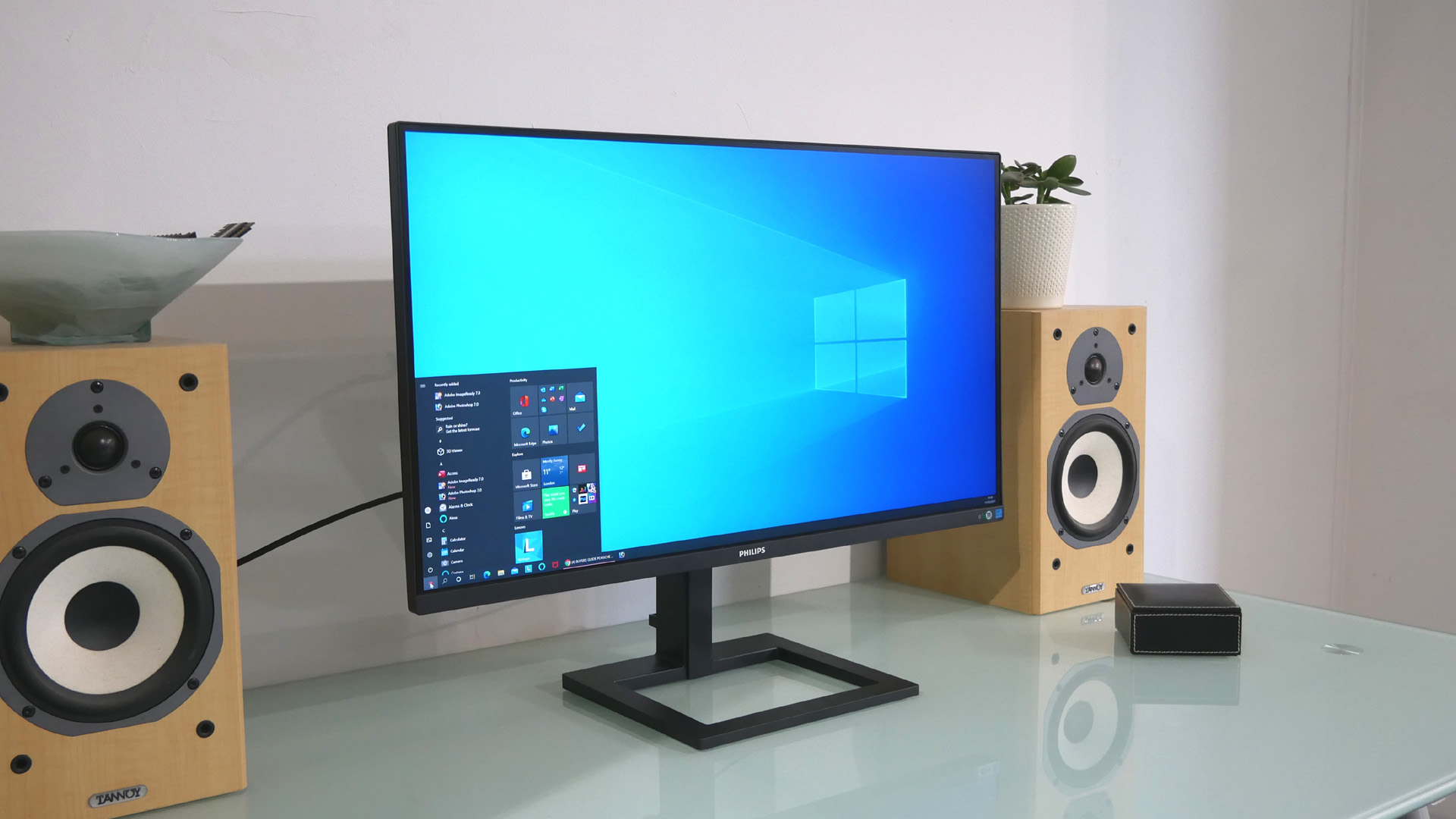
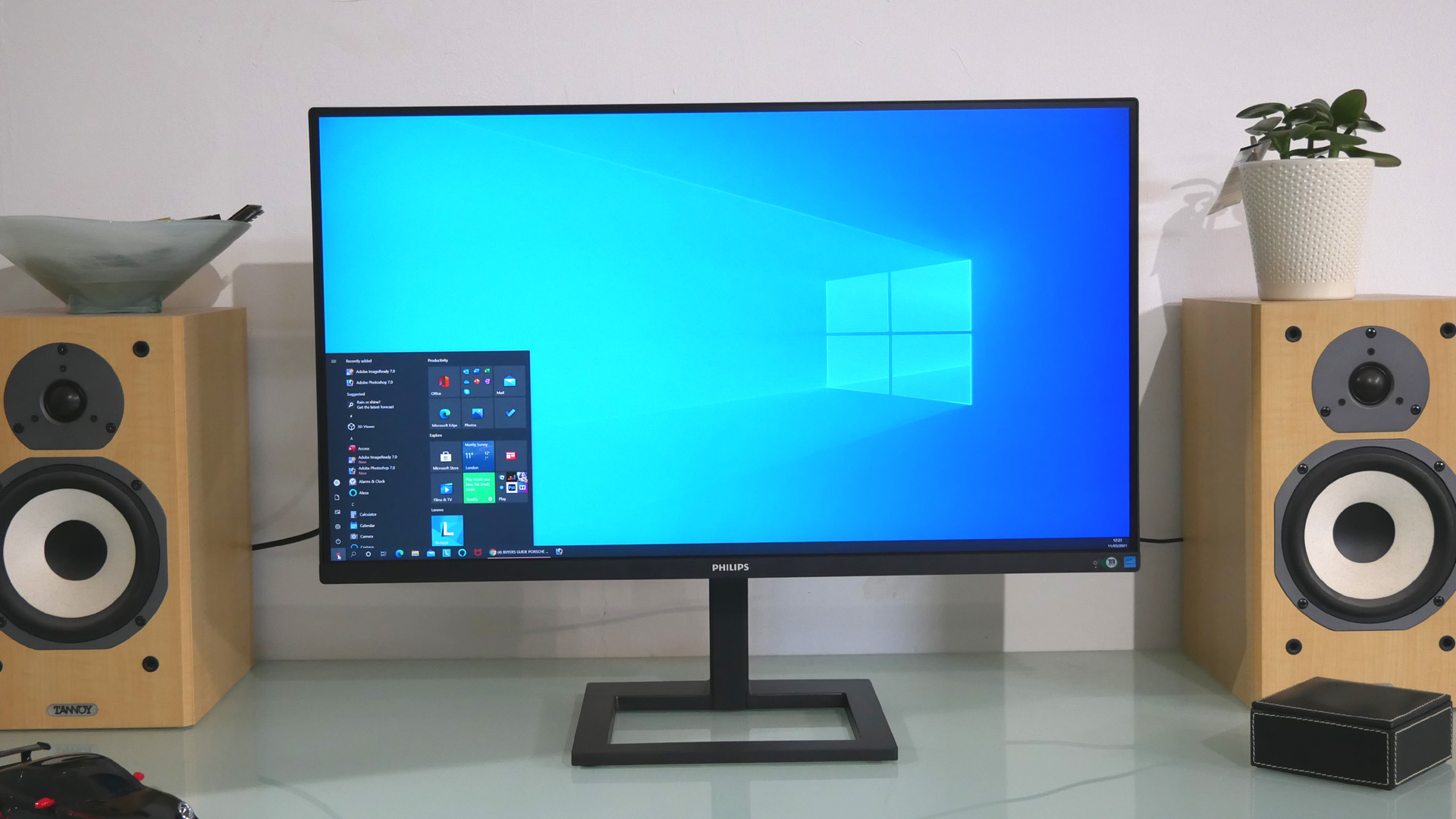
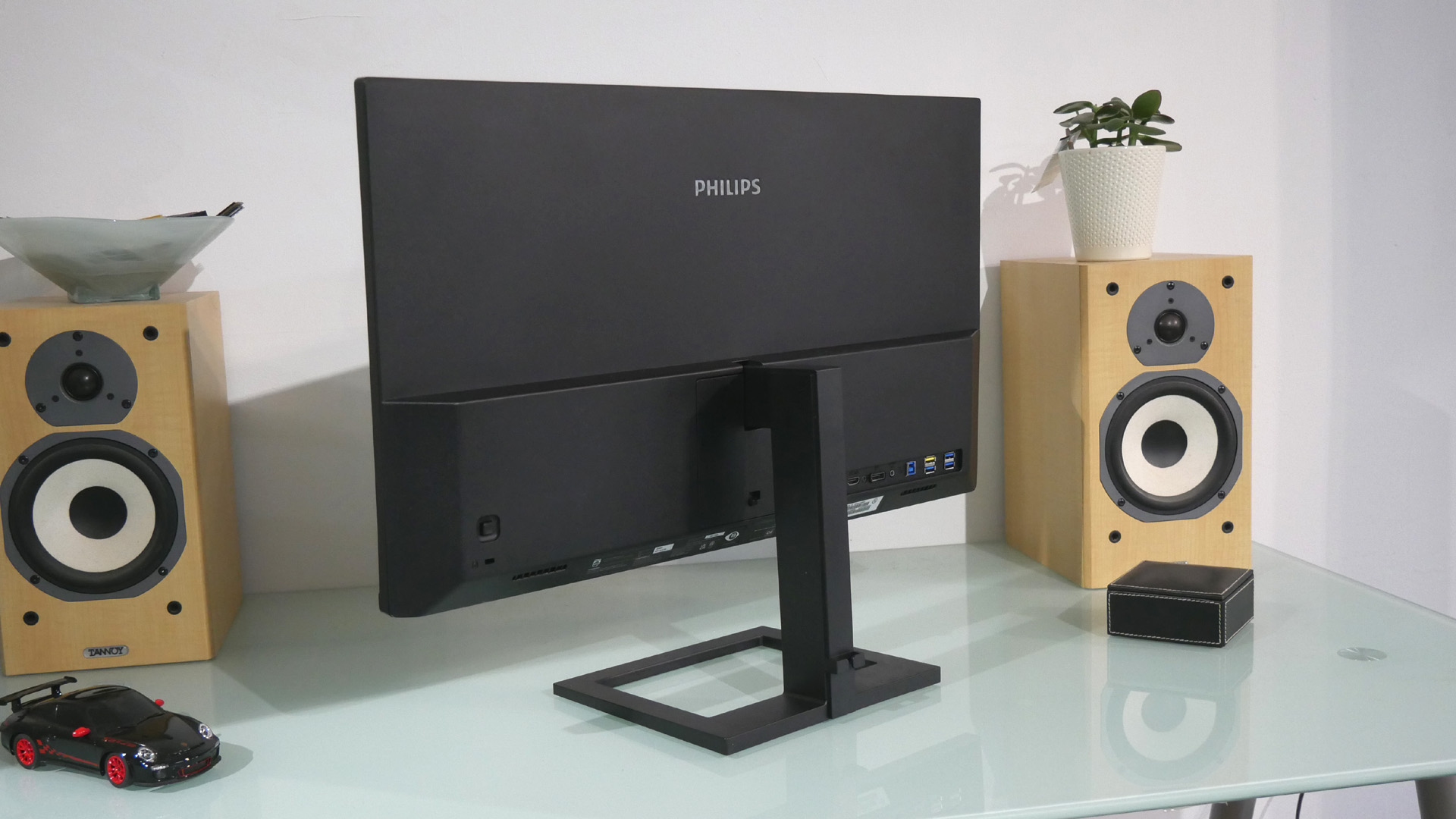
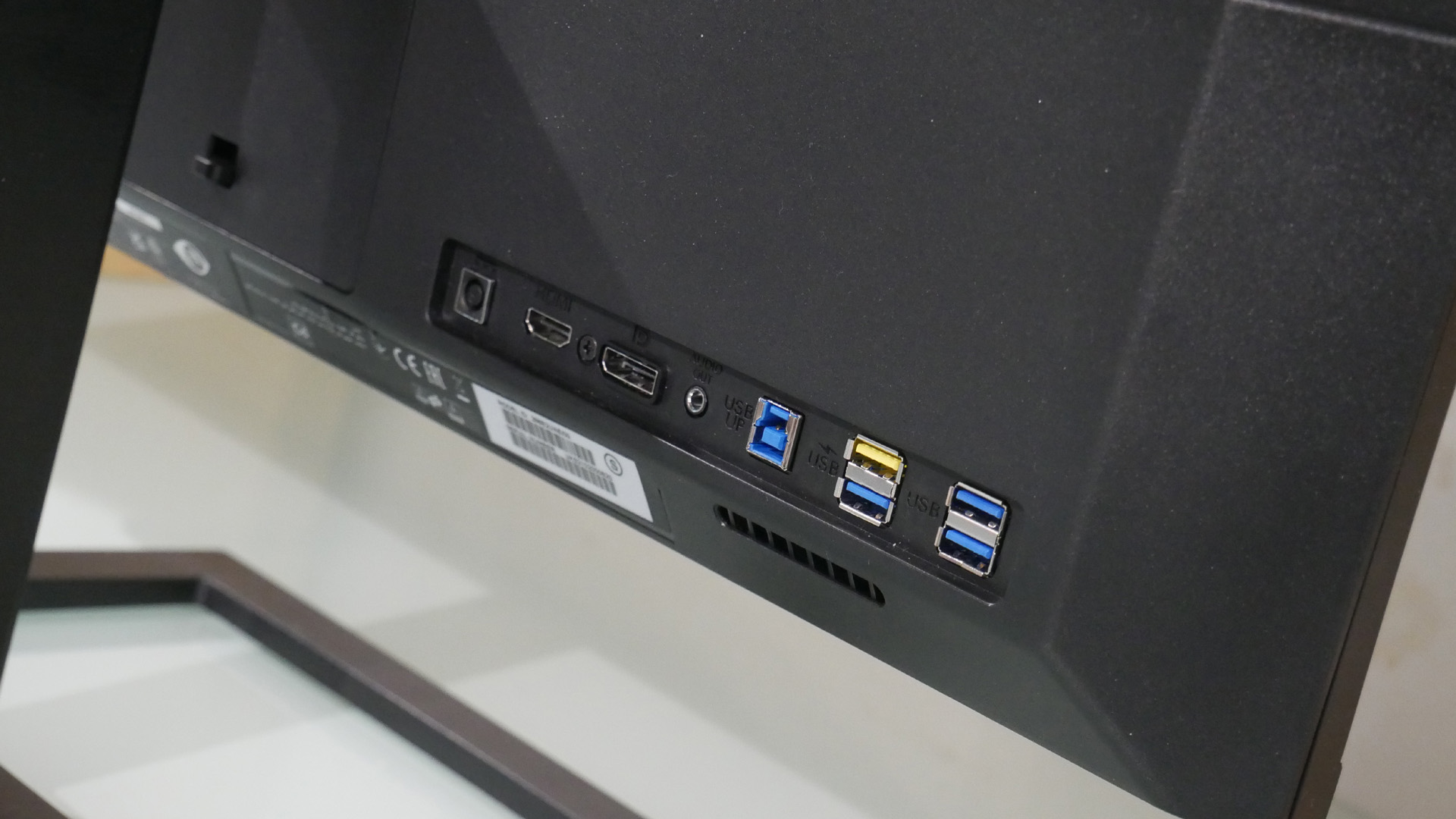
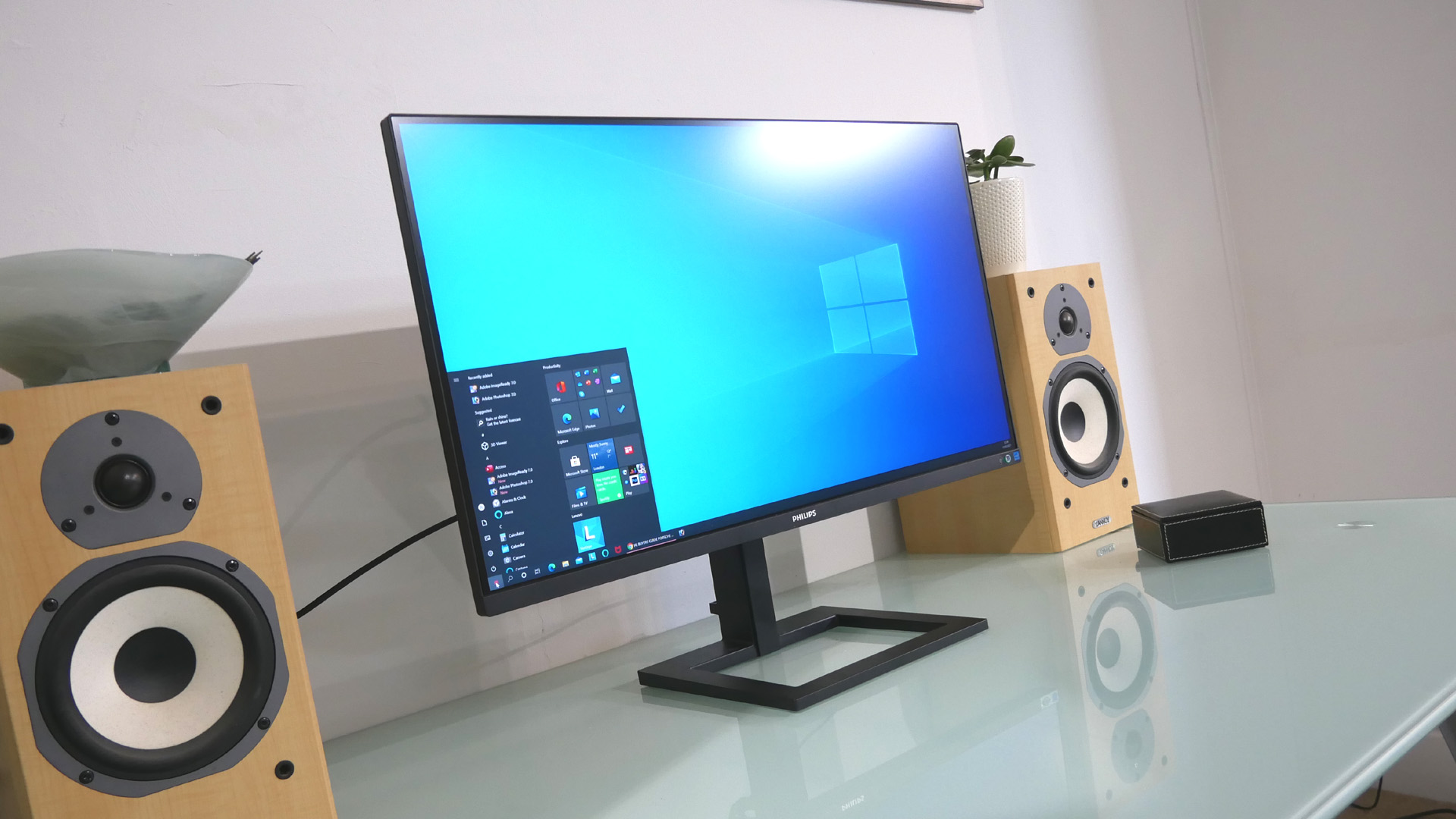
Specifications
Reasons to buy
Reasons to avoid
If you’re looking for some affordable 4K action for programming, put the Philips 288E2A on your shortlist. It’s a 28-inch 4K model with plenty of desktop real estate for coding. The pixel density is also decent, so fonts and menus are nice and crisp. It uses an IPS panel, which makes for excellent viewing angles, albeit this isn’t the brightest screen in the world at 300 nits and there’s absolutely no HDR support.
It’s worth noting there’s no USB-C connectivity, which isn’t a huge surprise at this price point. The slim-bezel design looks contemporary and the stand provides both height and tilt adjustment. But there’s no support for rotation into portrait mode, which is a pity. But for the money, this is a lot of monitor.
Read our full Philips 288E2A review.
Best 3:2 monitor for programming
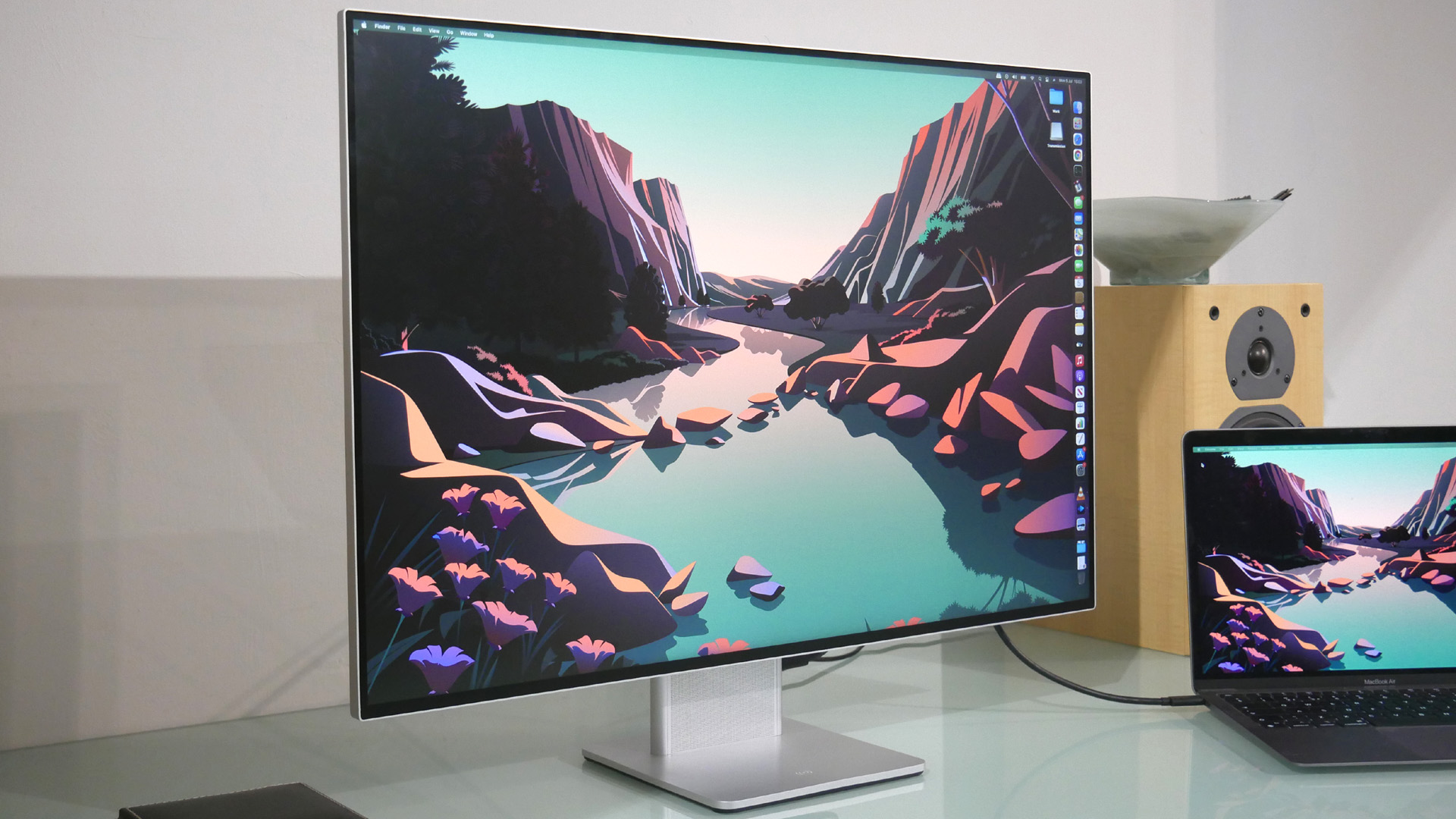
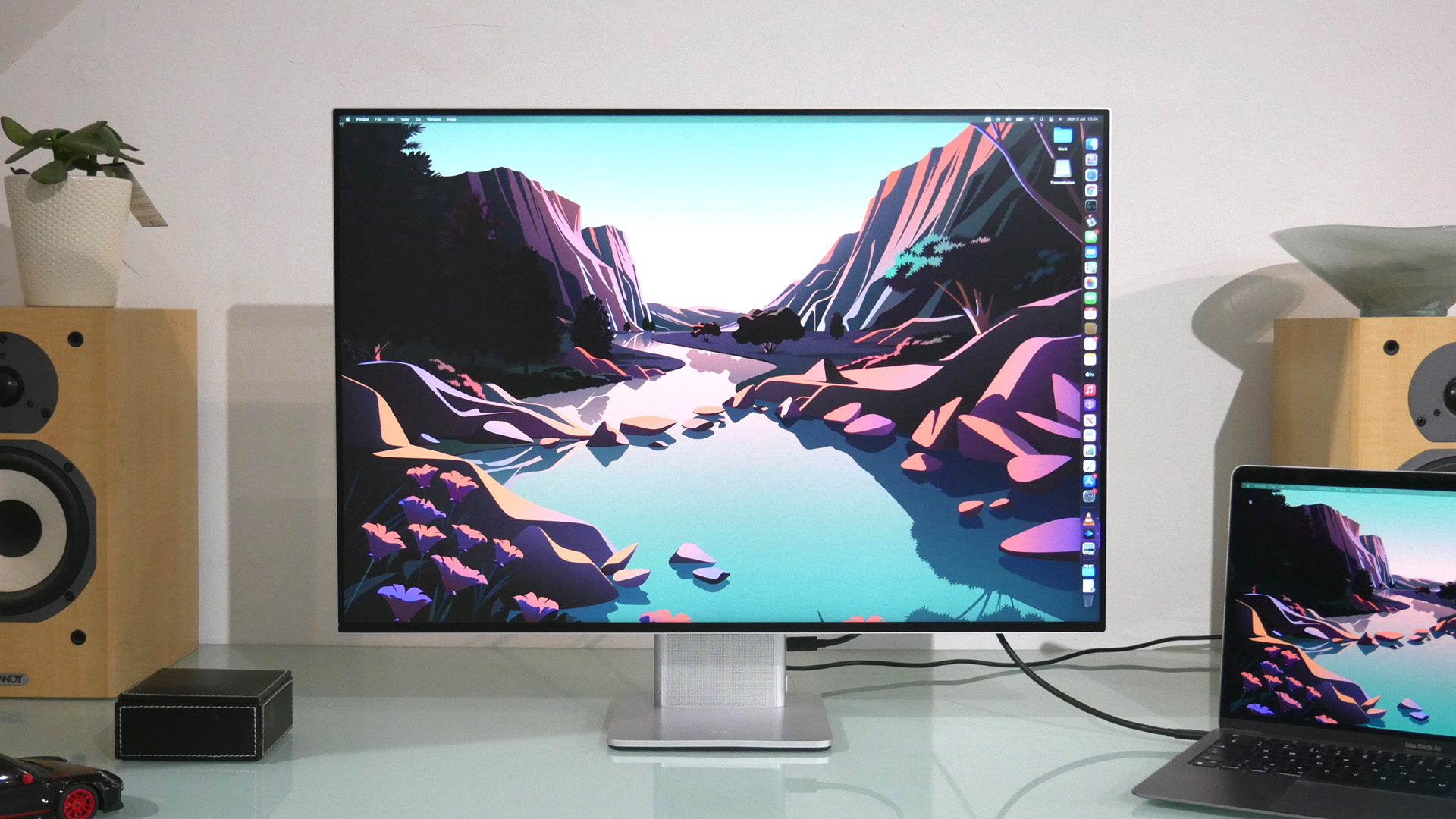
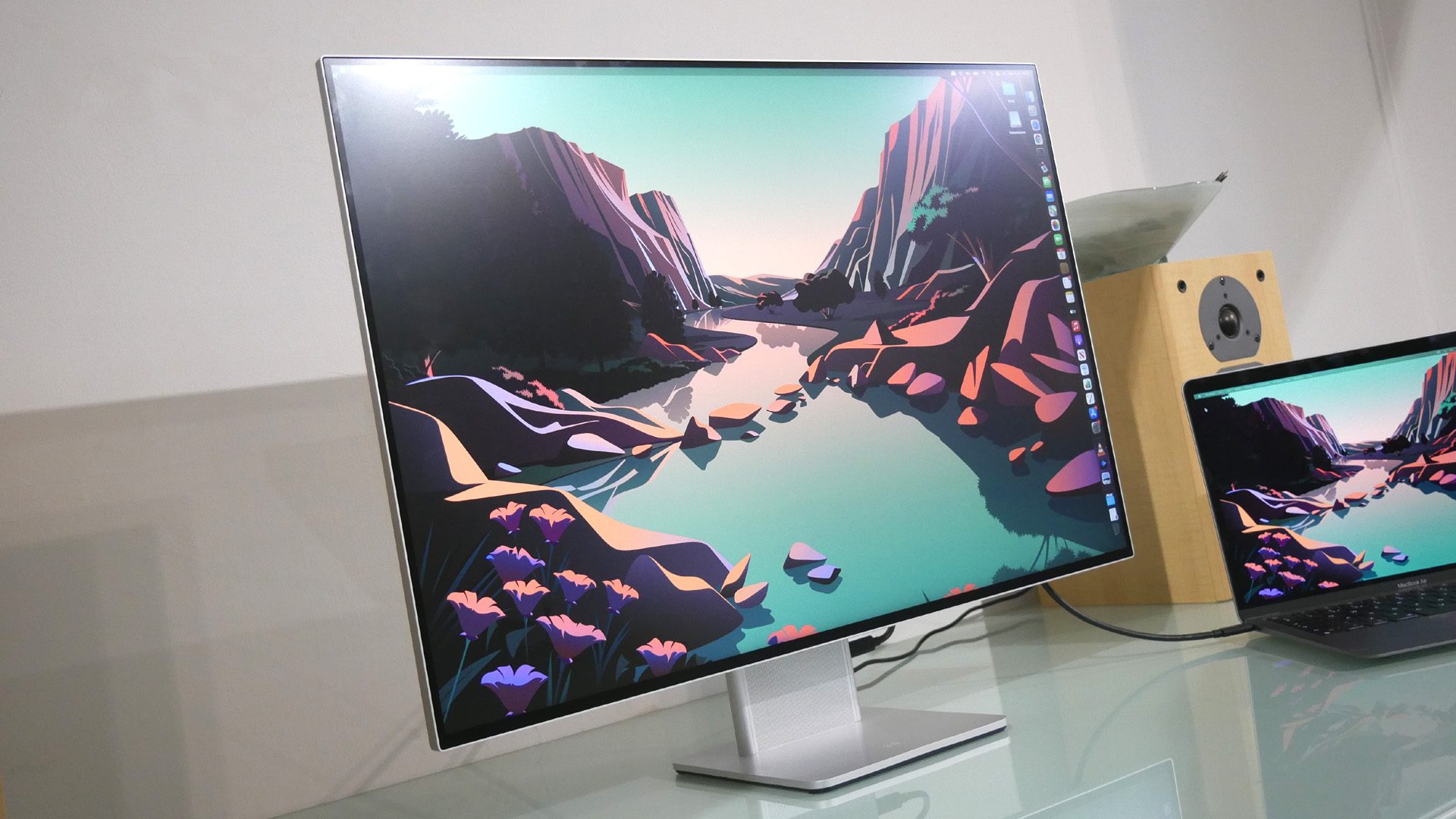
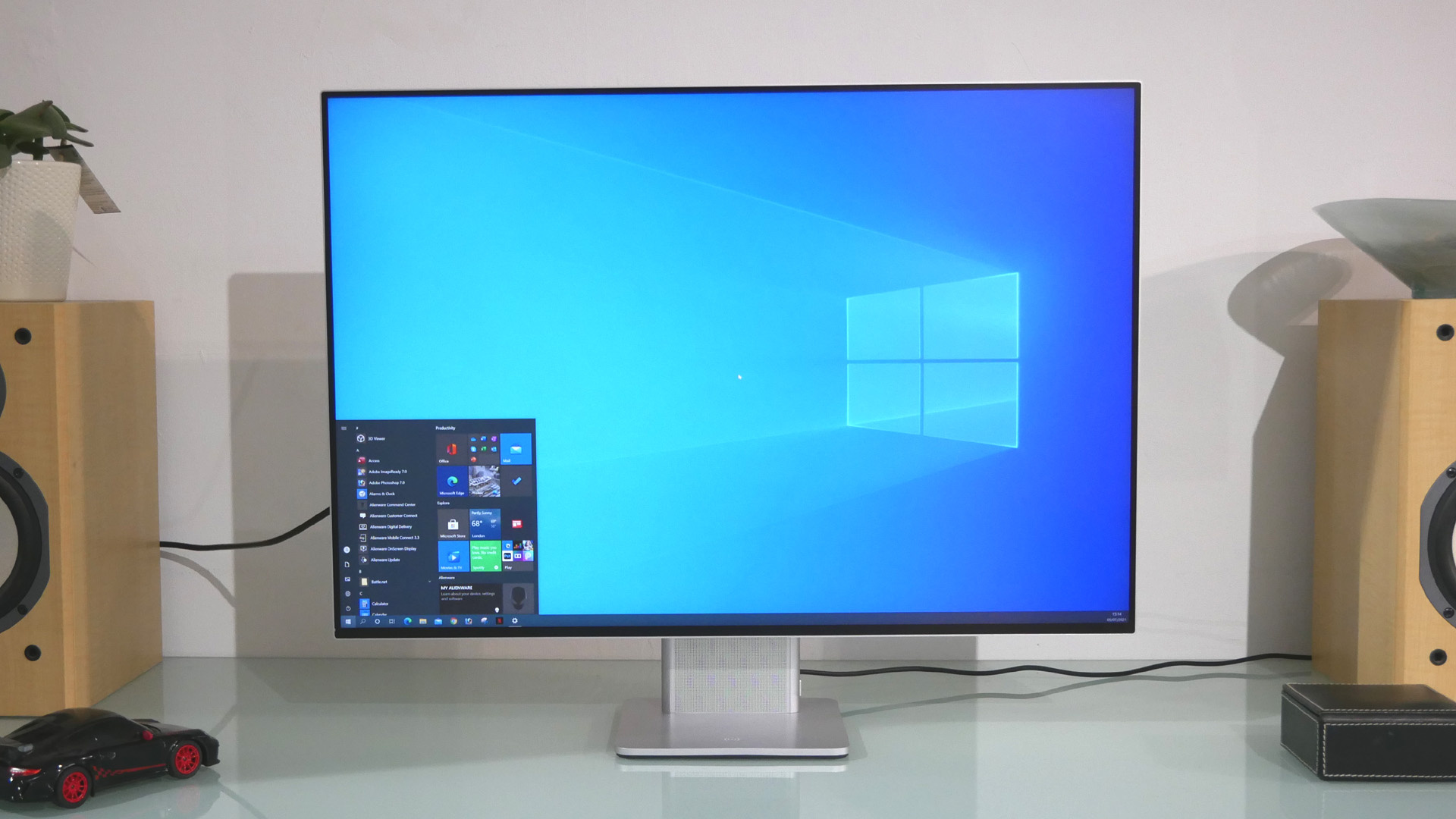

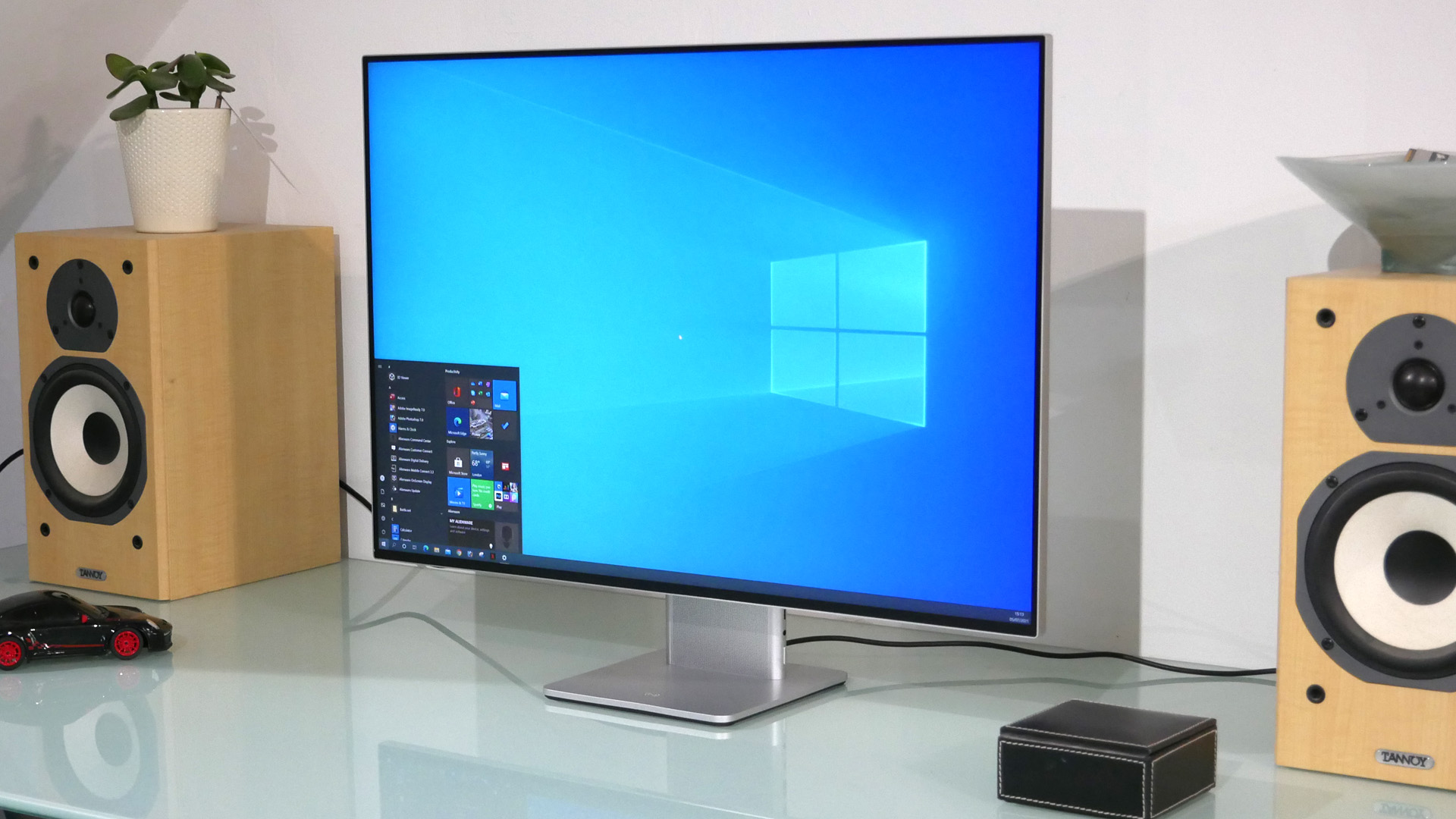
Specifications
Reasons to buy
Reasons to avoid
Rotating monitors into portrait mode is a popular approach for programmers looking to maximize how much code they can see without scrolling. But the Huawei MateView approaches that problem a little differently. Instead of the usual 16:9 or even 21:9 widescreen aspect ratio, this is an unusually tall 3:2 aspect panel. However, it’s still very high resolution with 3,840 by 2,560 on a 28.2-inch panel. In other words, it’s a 4K monitor with added vertical space. Perfect for coding, some programmers would say.
The USB-C interface with 65W of power delivery for easy single-cable connectivity is another major upside, especially for laptop users. On top of that, this is a punchy panel rated at 500 nits and offers good accuracy at 98 percent coverage of DCI-P3. Not directly relevant for coding, perhaps, but you’re certainly getting great value for money and a strong all-round package.
Read our full Huawei MateView review.
Best ultrawide monitor for programming
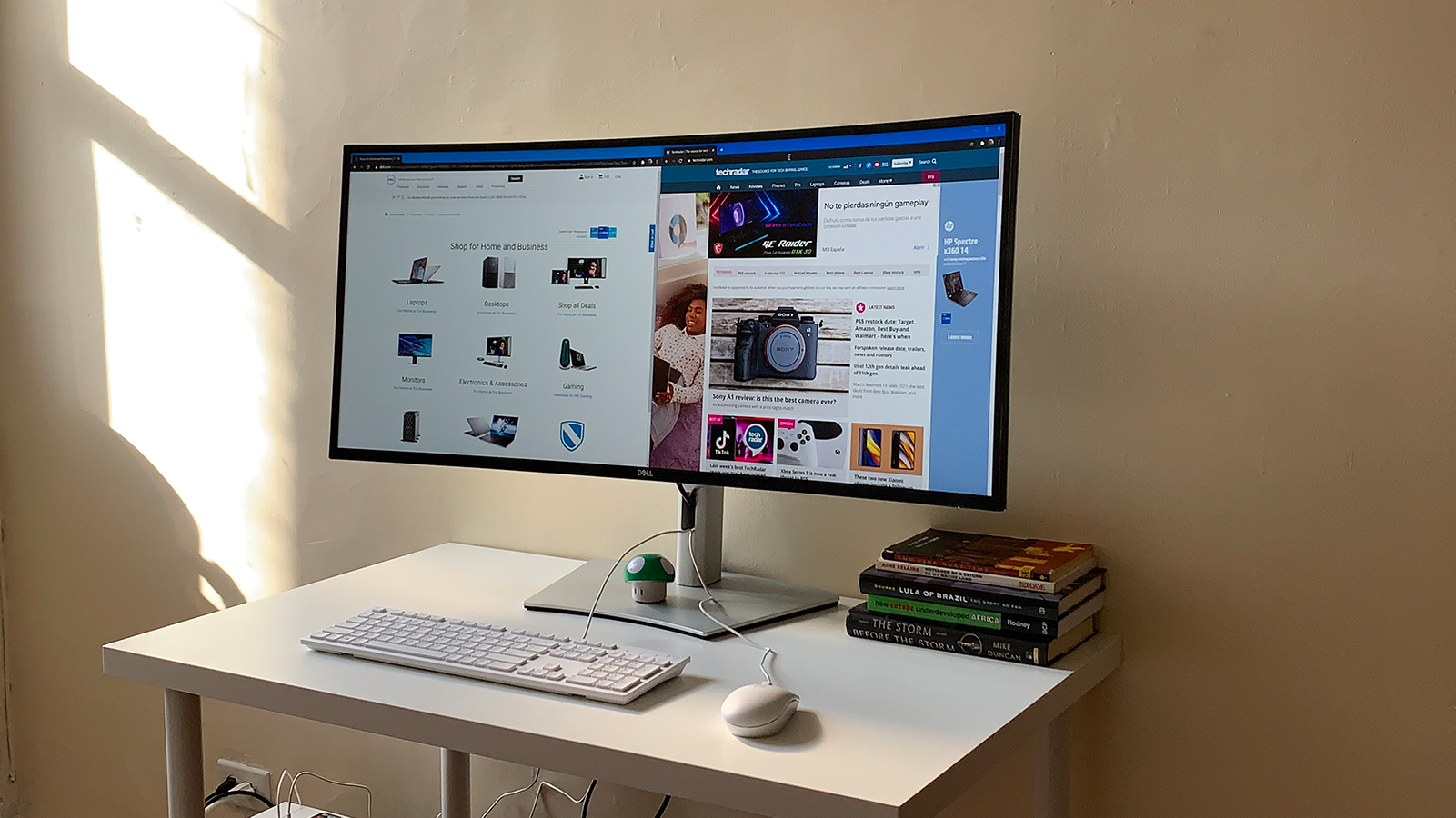
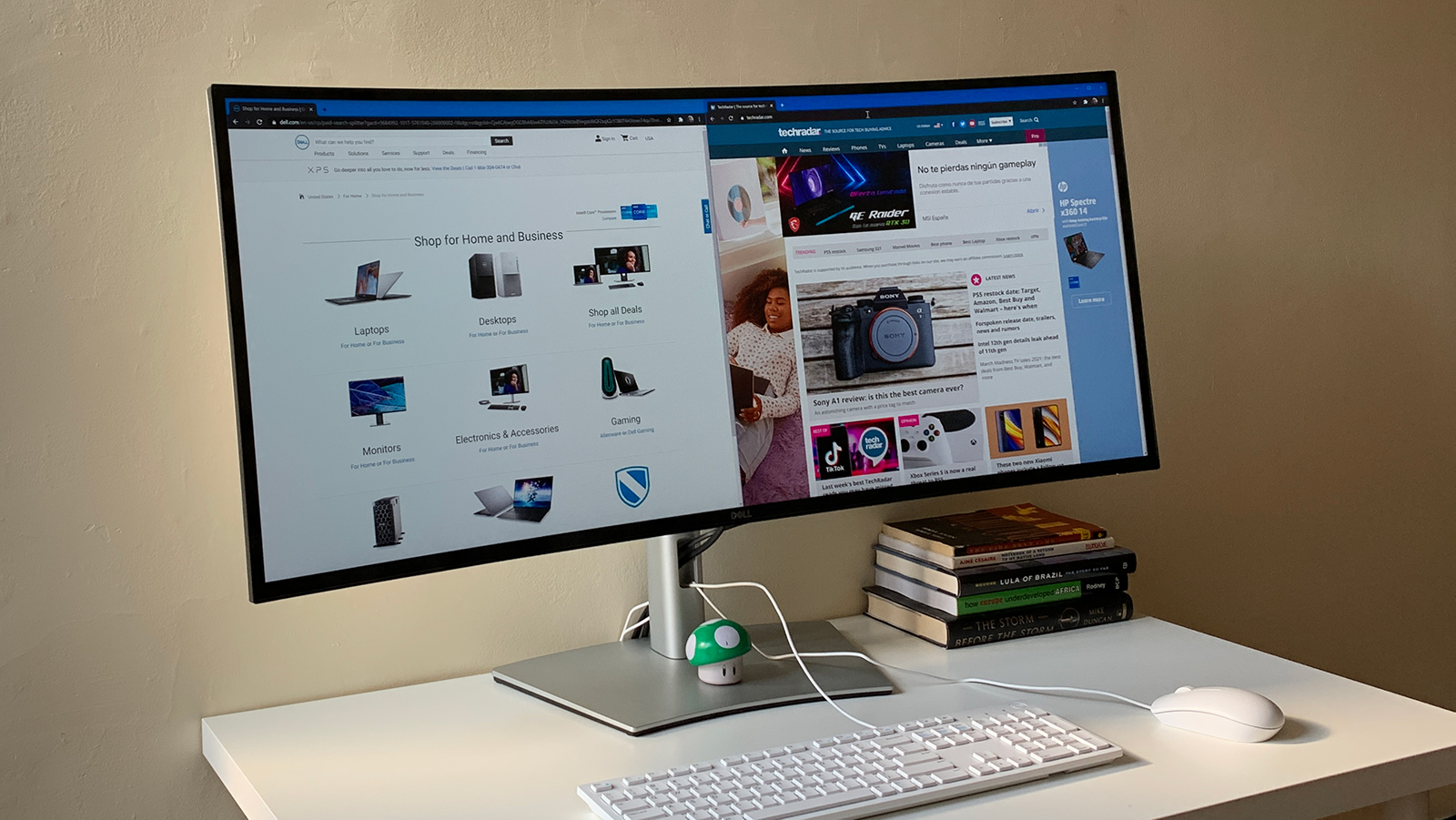
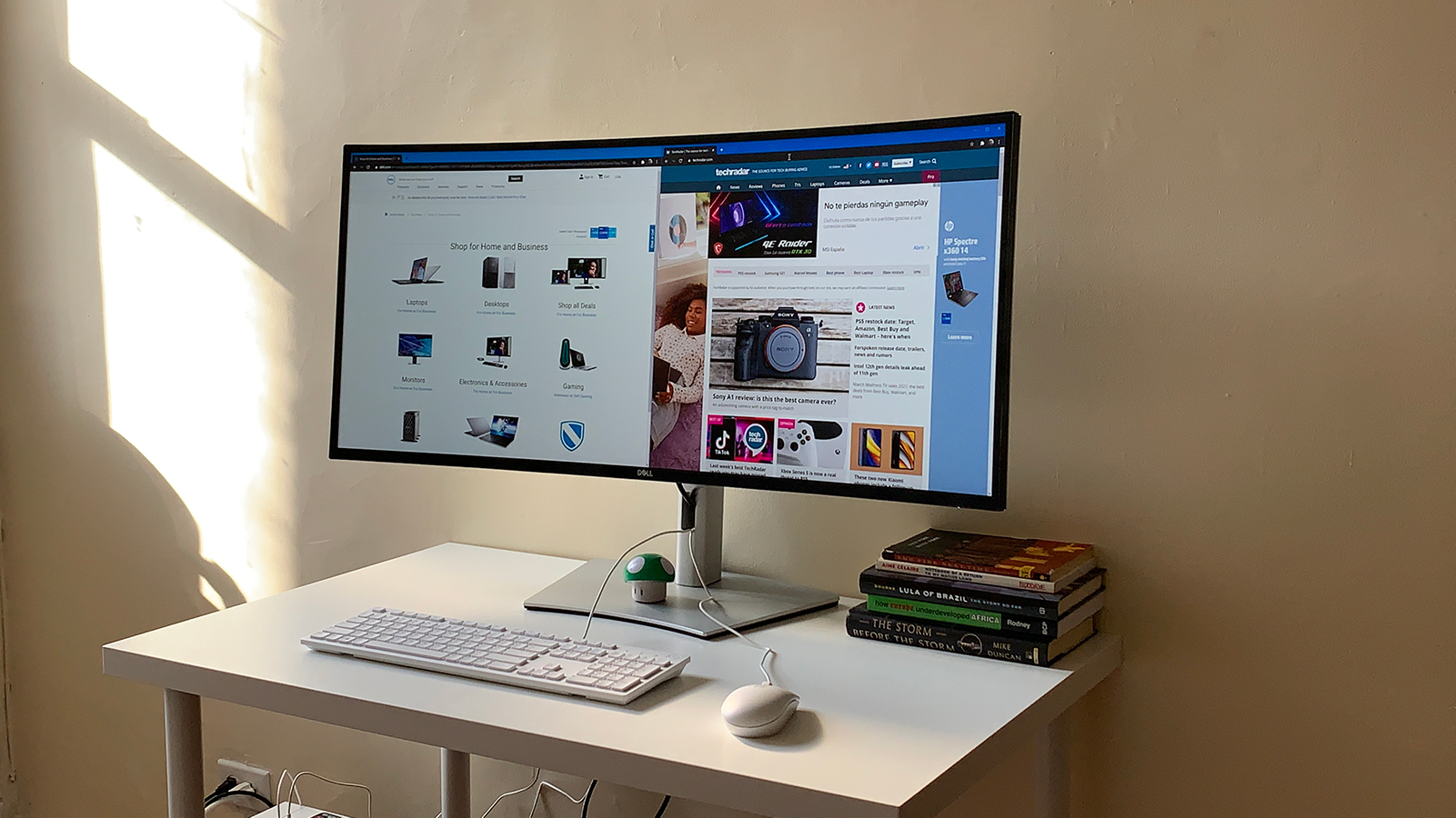
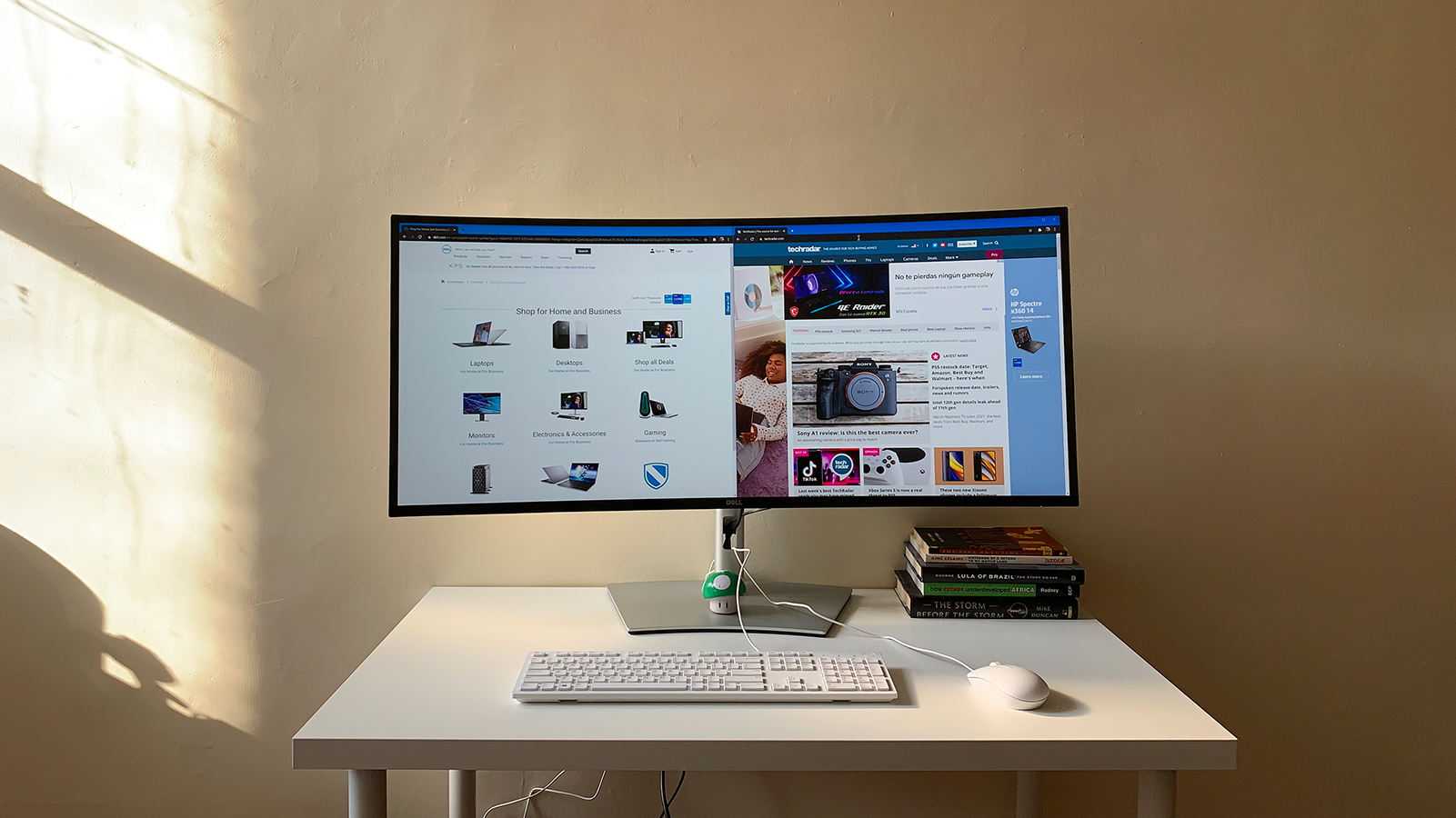
Specifications
Reasons to buy
Reasons to avoid
Big screens used to mean fat pixels. But not with the Dell UltraSharp U4021QW. This 40-inch beast boasts 5,120 by 2,160 pixels and the same pixel density as a 32-inch 4K monitor. The result is both huge working space and nice, crisp fonts for coding.
You also get excellent color coverage at 98 percent of the DCI-P3 gamut but even more importantly, USB-C connectivity with 90W of power delivery for slick, single-cable connectivity. It’s not cheap, of course, this 40-inch machine, and there’s no HDR support. But as conventional SDR panels for programming go, this is a fantastic choice of monitor.
Read our full Dell UltraSharp U4021QW review.
Best programming monitor for creators
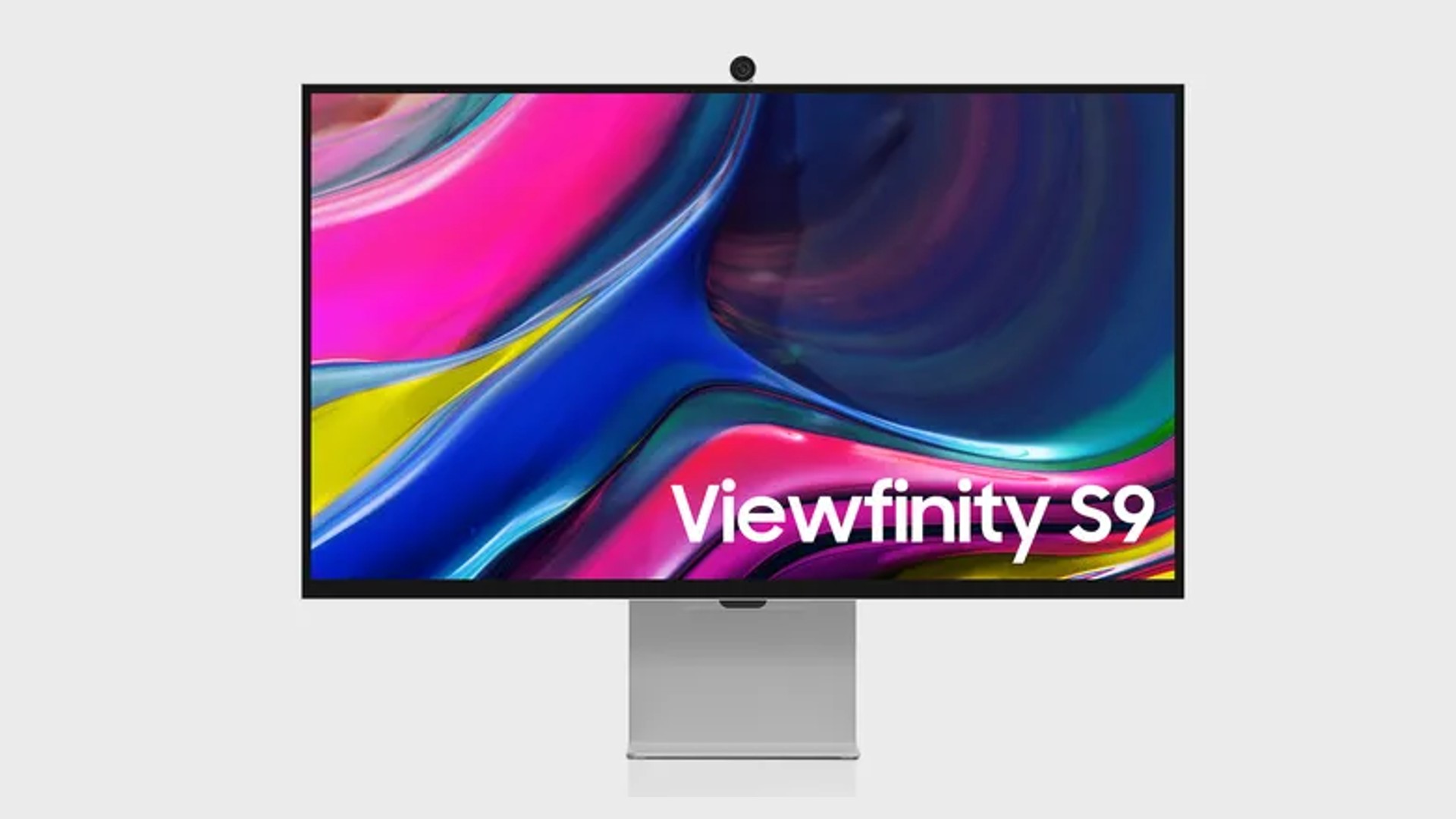
6. Samsung Viewfinity S9
Specifications
Reasons to buy
Reasons to avoid
Samsung is aiming squarely at the Apple Studio Display with the new Samsung Viewfinity S9, also known as the S90PC. It has exactly the same 27-inch panel size and 5K native resolution. So you get the same fantastic pixel density and fabulously crisp font rendering.
There are a couple of areas where the Samsung display arguably has an advantage, however. Firstly, the S90PC has built-in calibration that uses a smartphone app to allow users to adjust white balance, gamma, and RGB color balance.
Then there's the Slimfit webcam. While in theory it's slightly lower resolution at 4K compared with the Studio Display's 12MP camera, it's fully detachable and has a larger lens and deeper body than the Apple camera.
Those items aside, the S90PC has basic DIsplayHDR 600 certification, which the Studio Display lacks, plus excellent connectivity including USB-C / Thunderbolt 4, HDMI and DisplayPort, so all of your connectivity needs are well covered.
Best budget 4K monitor for programming
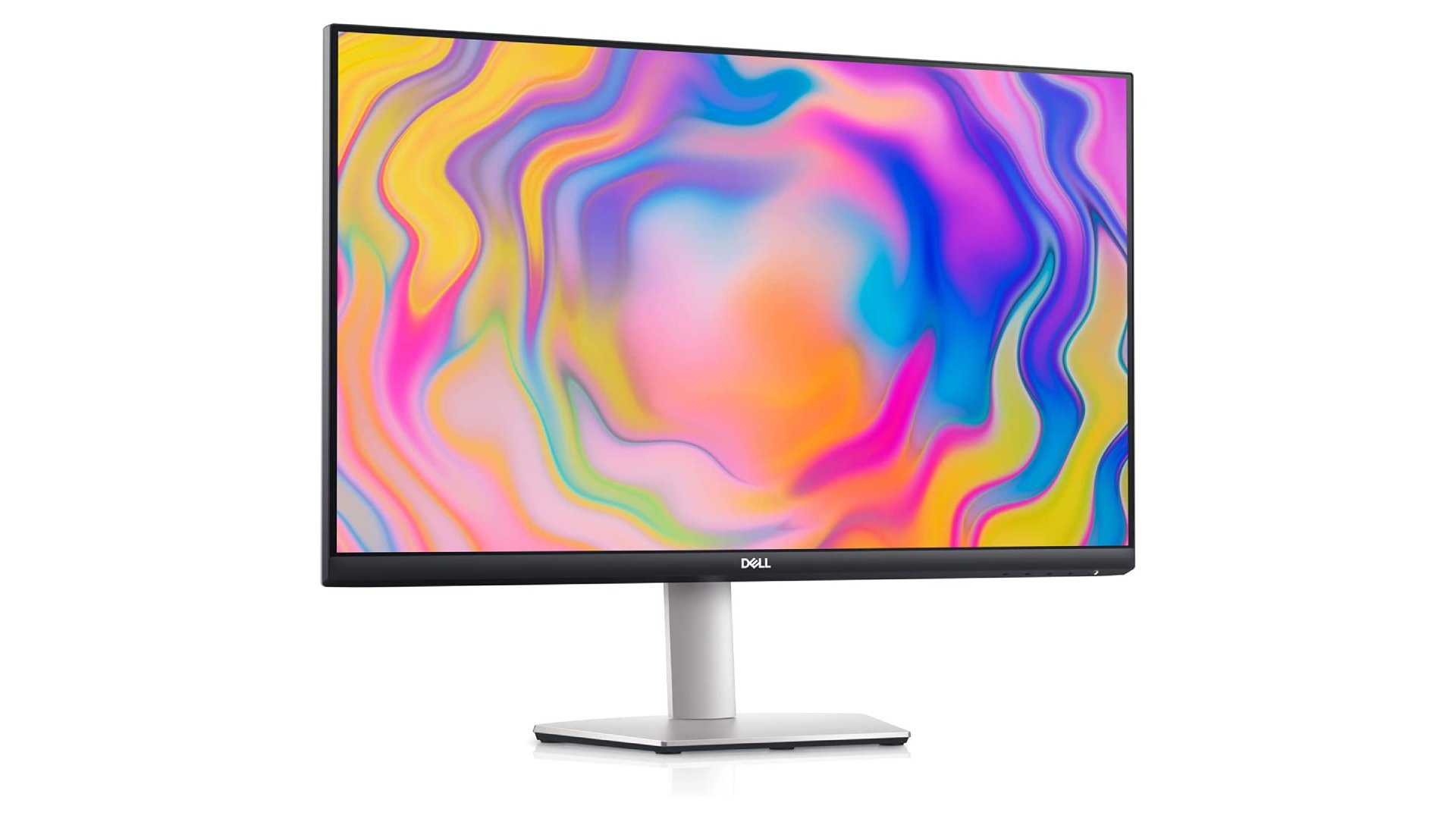
6. Dell S2722QC 27in 4K
Specifications
Reasons to buy
Reasons to avoid
It's very impressive that the Dell S2722QC ticks all the important boxes for so little money. It's built around a full 4K IPS panel. OK, there's no true HDR support, no local dimming, no ultra-wide color coverage. So, this is not a pro-grade content creation panel.
But you get the stuff that matters for productivity, including excellent pixel density thanks to 4K on a 27-inch panel, plus IPS-class viewing angles and colors. But what really makes the Dell S2722QC such great value is that you get all that plus USB-C connectivity with power delivery.
OK, it's just 65W of power delivery rather than the 90W-plus of more expensive USB-C screens. But APple's MacBook Pros are so efficient, that 65W is actually plenty. Add in the USB hub and you have a total single-cable docking solution. OK, the S2722QC lacks a dedicated DisplayPort socket. But that's largely irrelevant for a MacBook and the HDMI socket provides broad compatibility with most non-Apple devices. It's a whole lot of monitor for the money.
Best programming monitor for multi-tasking

7. LG 40WP95C-W
Specifications
Reasons to buy
Reasons to avoid
Bigger isn't always better, but the 40-inch LG 40WP95C-W has more than just size going for it. Larger displays often suffer from poor pixel density. When you get up to 40 inches, even 4K isn't enough for a nice, tight pixel pitch and sharp fonts. But the LG 40WP95C-W is the real 5K deal with a 5,120 by 2,160 native resolution.
Long story short, that gives it the same pixel density as a conventional 32-inch 4K monitor. Think of it as a 32-inch 16:9 4K screen, then, with extra width taking it all the way out to 21:9 aspect.
Size and pixels aside, the 40WP95C-W is well suited to connecting to a MacBook Pro thanks to USB-C connectivity with full high-bandwidth Thunderbolt 4 support including 96W of power delivery. So you can use a single cable to drive the display while charging your MacBook Pro and also connect peripherals like a keyboard, mouse and external storage.
The LG 40WP95C-W also offers strong color accuracy with 98% coverage of the DCI-P3 digital cinema gamut. What you don't get is proper HDR capability. The 40WP95C-W can process an HDR signal. But it tops out at 300 nits and doesn't offer local dimming. So, it can't actually display true HDR visuals. However, as a very large ultra-wide panel with good pixel density, it's a very impressive productivity for multi-tasking and generating SDR content.
Best monitor for programming FAQs
How to choose the best monitor for programming
Why you can trust TechRadar
When choosing which programming monitor is best for you, there are five core areas to explore:
- Pixel density matters when it comes to nice, crisp fonts. And nice crisp fonts make long coding sessions more comfortable. So go for a high resolution monitor.
- Rotating a widescreen monitor into portrait mode provides plenty of space for viewing code without scrolling. Not all monitors can switch to portrait mode.
- USB-C connectivity with power delivery makes life so much easier and tidier for laptop users. Simply hook up to the display and your peripherals with a single cable.
- Don’t worry about expensive features like HDR support, high refresh rates or low response times. You'll typically find these in the best monitors for photo editing and best video editing monitors. They won’t help you streamline your code, but they will be important if you intend to use these for content creation or gaming.
- Panel type isn’t hugely critical, but we’d still favour IPS or VA over a really cheap TN monitor when it comes to long term comfort and usability.
First up, we’d look for a fairly high resolution screen. 4K panels are now pretty affordable, especially in 27-inch and 28-inch form factors. That said, 1440p can be a reasonable choice for programming. If you’re the kind of coder who likes to rotate a screen into portrait mode, a pair of cheaper 1440p panels with support for rotation into portrait mode could be an interesting value-orientated option.
On the other hand, if you like to code with several application windows lined up in parallel, an ultrawide panel can make a lot of sense, too. That’s especially true now that one or two ultrawide monitors can be had with 2,160 vertical pixels. So, you’re giving up little when it comes to vertical resolution.
All of that said, we’d still prioritize a higher resolution 4K-plus panel in order to maximize pixel density. When you’re looking at code all day, nice crisp fonts can really help keep eye strain to a minimum. Again, a panel with a fully adjustable stand with support for rotation into portrait would be our pick.
As for panel type and performance, well, IPS technology has the advantage of wide viewing angles, which can be especially helpful in multi-monitor situations. We wouldn’t kick a VA 4K monitor out of bed, though, especially if it was attractively priced.
What we wouldn’t worry about so much is refresh, HDR support and the last word in pixel response. Paying extra for a 120Hz-plus panel provides little benefit for coding. The same applies to HDR monitors with fancy technology like mini-LED backlighting or wide gamut color support, or indeed uber-fast pixel response. All of that just adds cost without any significant upside.
What we would be willing to pay extra for, however, is top notch connectivity. Of particular value is USB Type-C with power delivery. That allows you to hook up a laptop and both drive the display and power the laptop with a single cable. Many USB-C monitors also have USB hubs, so you can connect keyboard, mouse and peripherals like external storage to the display and have them all dock with your laptop with that single cable. It’s pretty sweet. Once you’ve tried USB-C, you won’t want to go back to that rat’s nest of cables.
How we test the best monitors for programming
Whether we're going hands-on with programming monitors, analyzing the best monitors for the Mac mini, or testing out the best monitors for a dual screen setup, we take the same rigorous approach to our review process.
We test, rate, and review all the best monitors based on a number of factors, This includes price, design, build quality and materials, and performance. We consider the size of each display, along with panel type, resolution, refresh rate, color coverage and HDR support. We also compare connectivity, including HDMI, DisplayPort, USB-C and wireless interfaces, against other monitors in the same class.
Pixel density and color accuracy are particularly important for digital design monitors, but so are ergonomics, so we assess stand adjustability and stability. Finally, build quality and value for money are judged against competitors in the market.
Find out more about our rigorous testing process in our guide to how we test, review, and rate monitors on TechRadar Pro.
Get in touch
- Want to find out about commercial or marketing opportunities? Click here
- Out of date info, errors, complaints or broken links? Give us a nudge
- Got a suggestion for a product or service provider? Message us directly
- You've reached the end of the page. Jump back up to the top ^
Are you a pro? Subscribe to our newsletter
Sign up to the TechRadar Pro newsletter to get all the top news, opinion, features and guidance your business needs to succeed!
Former TechRadar Pro B2B Hardware Editor, Collin has been in journalism for years, with experience in small and large markets, including Gearadical, DailyBeast, FutureNet, and more.
- Jeremy Laird
- Steve ClarkB2B Editor - Creative & Hardware
